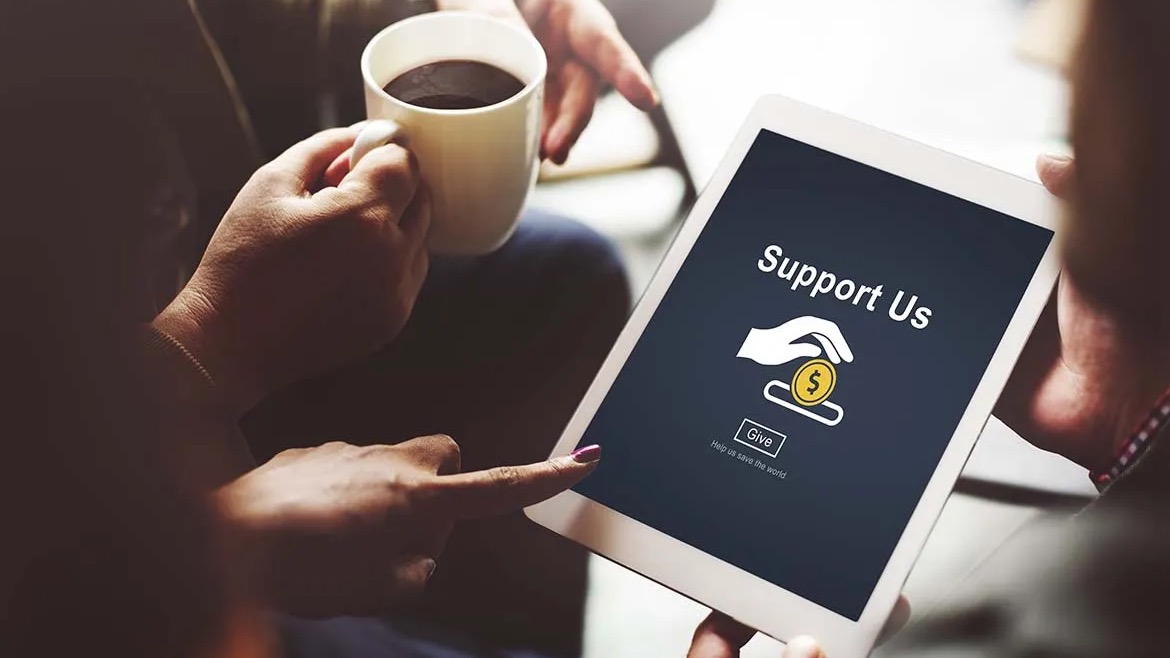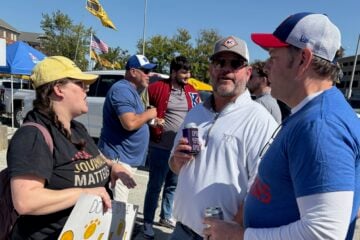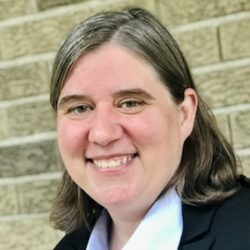Advice for public radio stations: why we can’t keep treating digital members like radio listeners

Rawpixel.com / Shutterstock
This article was first published on Kristen Muller’s Medium page and is republished here with permission.
Over the last year, four public radio stations — including LAist (formerly known as KPCC), WBEZ, WBUR, and MPR — participated in Operationalizing Engaged Journalism. The program was designed, in part, to help stations connect the dots between community engagement, audience engagement, and revenue opportunities. The project was funded by the Knight Foundation and supported by the American Press Institute.
The cohort consisted of cross-functional teams that met virtually four times during the course of the year and discussed a range of topics, including ways to grow digital membership.
I interviewed Celeste LeCompte, chief audience officer for Chicago Public Media (WBEZ), and Joan DiMicco, executive director of product at WBUR, to hear how they’re thinking about digital membership — versus on-air — and what public radio stations need to understand now.
The conversation has been edited for clarity and brevity.
Digital and radio membership are not the same things
Public radio stations’ revenue is largely funded by individual members. Stations disrupt their regular programming several times a year to run pledge drives: when listeners are asked to become members and provide financial support for the organization. As linear radio audiences decline, there is urgency around finding members on digital platforms.
Kristen: Reaching new members over digital platforms is a priority for our stations. But what does “digital membership” mean, and how does it differ from how public radio has traditionally thought about membership?
Celeste: A digital member is somebody who was a known user to us on a digital platform before they gave us money. An example would be somebody who signed up for our Rundown Newsletter, or any kind of digital users who live in our system.
Joan: We think about it as someone who is responding to a direct ask over a digital platform. So they could be a radio listener, but we’ve been able to reach them in a more direct way. What digital implies to me is that we’re not broadcasting our pledge asks, we’re more directed.
Kristen: Is the digital membership value proposition different from what you’re offering radio listeners?
Celeste: I think so, in part because one of the primary ways these folks have gotten to know us is our newsletter product. It is not the same kind of relationship that people might have with us on-air. And we actually think that there’s not a huge overlap between the people who get the newsletter and the people who are really regular listeners.
Joan: Unlike Chicago Public Media, our digital products are not distinct from core WBUR coverage. A lot of the newsletter subscriber acquisition has been organic promotion on our website and on-air. Therefore, the overlap between newsletters subscribers and our on-air listeners is high. But this has got me thinking differently about our events newsletter; this list might be a different enough audience because it is a list of people who have attended events, which are not as closely tied to our on-air coverage.
Digital membership requires new capabilities and functions
Kristen: What capabilities and functions do you need for digital membership that we didn’t need for linear radio?
Celeste: With digital platforms, we can, and need to be able to, say, “This is the work that’s resonating with highly loyal and engaged people. This is the journalism that’s valuable to our audience and inspiring them to become members and evangelists for WBEZ.”
So digital membership requires product, marketing, audience insights, and analytics and content to work together. We need to feed information from our membership journey back into what’s happening to the newsroom, to help them provide better service to our audience. That’s online, social media, newsletters, etc. We need to have an audience strategy in place that supports our content team and digital membership.
Joan: Newsletters and social [media] are owned by our editorial team and are focused on delivering our journalism. I think the audience would benefit from more marketing, product, or even membership thinking.
Digital membership means new kinds of collaborative work
Kristen: Growing digital membership means a fundamentally different way of thinking about our audiences, across the organization.
Joan: We looked at all of our newsletter subscribers, across all lists, over the last three years, and the dates people became first-time donors. And we found that a newsletter subscriber was most likely going to donate in the first 100 days they were subscribed to our lists.
And most of the people who became donors actually did it within their first 30 days of being subscribed. Because our overall conversion rates of our subscribers is quite low, we quickly realized, “Oh my gosh, we need to ask people to donate as soon as they sign up for a newsletter!” That was not our intuition because that is not how public radio has traditionally thought about pledge drive conversion.
Celeste: Yes, that’s true for us, too. And what’s resonating here is the idea of an “always on” membership experience, rather than just pledge-style experience in digital.
With newsletters, for example, once someone signs up, you have to engage them in that first 100 days, and then you have a chance of keeping them forever, and getting money from them. It’s so much harder to build that relationship after the first 100 days. We’re trying to think about ways that we can more deeply engage people throughout that entire first 100 days, looking at automated onboarding journeys that last longer and trying to make sure that we have multiple non-solicitation touchpoints that help us learn more about a reader and help them learn more about us. That will ultimately help us make sure we’re connecting with people better around their needs and what they value about our work.
Takeaways for other stations
Kristen: What’s a piece of advice that each of you would offer to stations that are just beginning to wrestle the idea of digital membership to the ground?
Joan: What I’m taking away from this conversation is that if your newsletter subscribers are all derived from your radio listeners, then not a lot is changing in how you can talk to your subscribers about becoming members: The value proposition is the same. But if you’re getting new digital subscribers from other sources, then you’ve tapped into a new group of people who subscribe for a new value proposition. Stations should be aware where their digital subscribers are coming from and speak to them from that perspective.
Celeste: What is our value to this person depending on where they’ve come to us? On the radio, we have decades of experience understanding what that is, which is why we’ve gotten really good at converting those people.
And in a digital space, what is that value proposition? Are you trying to replicate or recreate that sense of real habit and reliance and frequency with your users? Are you providing something else that’s equally valuable but is not the same thing as the radio experience?
And I think all of us will have different answers to that question depending on what we’re trying to do.
Joan: The broadcast mentality is not a digital mentality, and broadcasting the same message to the same people — we don’t have to do that anymore. On digital, every user is on their own calendar, so we need to know where they are on that journey and put an emphasis on the early days.
Kristen Muller is CCO for Southern California Public Radio.






